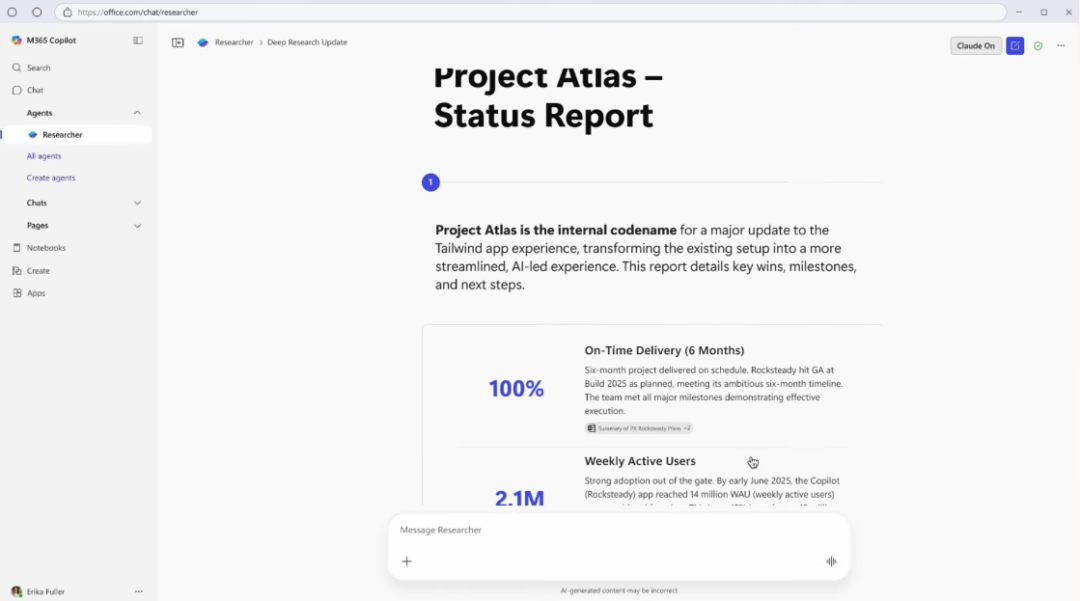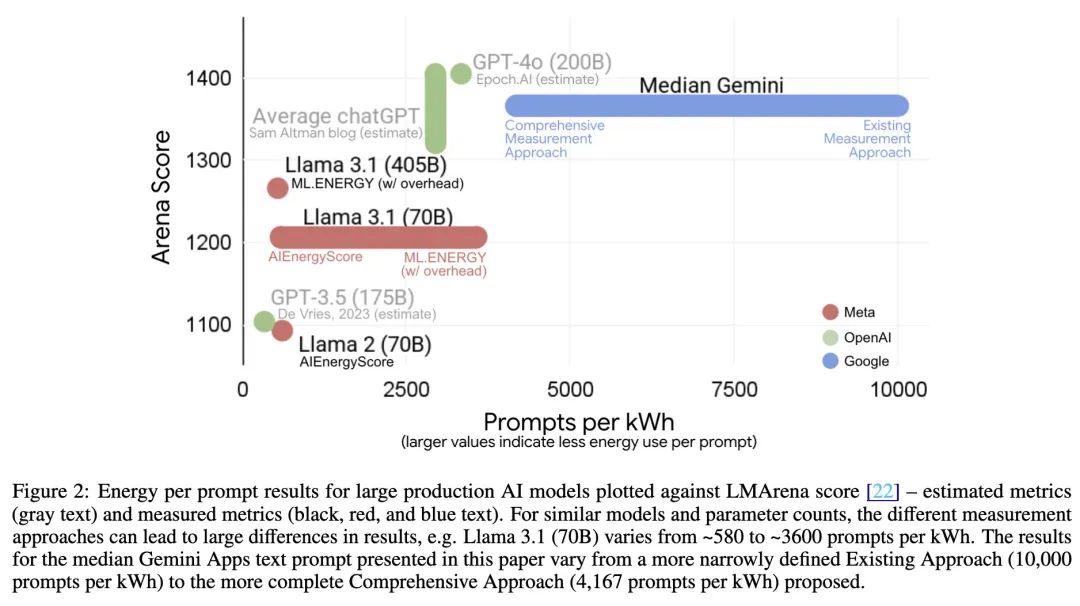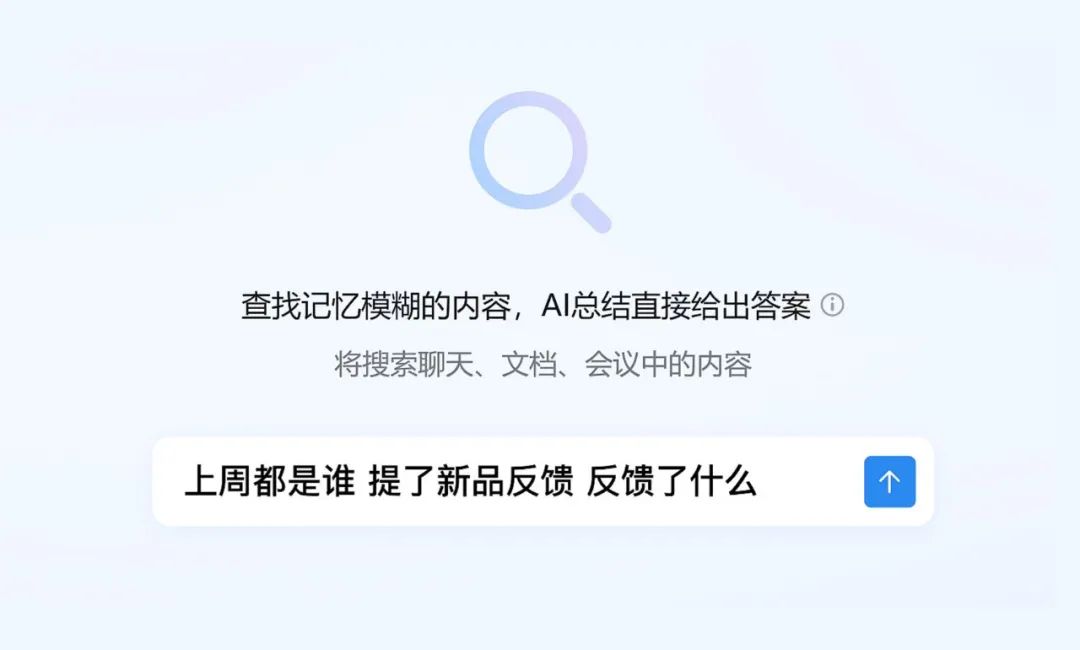In August 2025, a programmatic document called the "Artificial Intelligence Plus" initiative was issued from Beijing, setting a new tone for the direction of China's development over the next decade. This was not an ordinary policy announcement, but more like a precise roadmap for action and a clear guide to the market, signaling the country's determination to liberate AI from the labs and servers of tech giants and make it the infrastructure that drives the entire nation.
The introduction of this document coincides with a key point in the development of AI in China. As of the first half of 2025, the number of large models on file has exceeded 400, and the industry scale in 2024 has exceeded RMB 700 billion. However, many AI applications still remain in the "shallow" level, and in the need for a high degree of reliability in the industrial, medical and other "deep" areas, the landing of AI is still facing challenges. This "AI+" blueprint is designed to overcome these bottlenecks and unleash the full potential of the market and the total attack program.
Original: https://www.gov.cn/zhengce/content/202508/content_7037861.htm
From "+AI" to "AI+": Scene-driven industrial remodeling
In the past, the industry talked more about "+AI", that is, grafting technology onto existing processes. The core difference of "AI+" is that it attempts to fundamentally reshape the operating logic of various industries. The blueprint clearly points out four major industry directions, each of which corresponds to a huge emerging market.
First, in theIndustrialThe document calls for "promoting the intelligent development of all elements of industry". This means that market opportunities are no longer limited to robots on the production line. From AI-assisted product design (AIGC for Engineering), intelligent pilot processes, to dynamically optimized supply chain management, to predictive maintenance services, a market for intelligent services across the entire industrial life cycle is being activated. This will generate a huge demand for industrial software, digital twin platforms, intelligent manufacturing equipment, and industrial grand models.
Secondly, inAgricultural sectorThe policy emphasizes "accelerating the transformation and upgrading of agricultural digital intelligence", especially "artificial intelligence-driven breeding system innovation". This directly points to the high value-added modern agricultural market. Future opportunities lie in smart farm machinery, agricultural drones and robots, but also in bio-breeding technology using AI for gene editing and phenotyping, and smart agricultural platforms capable of accurately predicting pests and diseases and managing water and fertilizer.
Furthermore, there is no guarantee that theservices sectorThe document proposes to "evolve from digitally-enabled Internet services to a new type of intelligence-driven services". This heralds the rise of a new B2B market centered on "Model as a Service" (MaaS) and "Intelligence as a Service" (AaaS). Service providers offering AI solutions will emerge in traditional professional services such as law, finance, consulting, logistics, etc., restructuring the cost and efficiency structure of the industry.
Finally, the document specifically encourages the cultivation of "intelligent native enterprises", i.e., companies whose underlying architecture and operating logic are entirely based on AI. This is a direct policy support for innovative models, meaning that investment and entrepreneurship in the AI field will no longer focus solely on the technology itself, but rather favor disruptors that can use AI to create new business models.
The New Consumer Wave: Smart Terminals and AI Native Services
The "AI+" initiative is equally specific and profound in its depiction of the consumer market. The blueprint points to future growth in both hardware and software dimensions.
At the hardware level, the document explicitly names a new generation of intelligent terminals such as "intelligent networked cars, artificial intelligence cell phones and computers, intelligent robots, smart homes, smart wearable". This is not only to point out the direction for the upgrading of the existing hardware industry, but also to announce the arrival of an era of "intelligent connection of all things". The focus of future market competition will shift from the performance of individual devices to the AI-driven, cross-device seamless collaboration of the "integrated whole scene" experience. This provides the core battlefield for the next round of innovation for hardware vendors and OS developers.
At the software and service level, the policy encourages the development of "intelligent native applications such as efficiency-enhancing and companion-enhancing applications" and supports the opening of "new entrances to services such as intelligent assistants". This has directly spawned a broad market for AI Agent applications. Whether it is an efficiency tool to help individuals deal with daily affairs, or an emotional companion application to serve the elderly, childcare and other scenarios, it will become a new consumer hotspot. A huge ecosystem of AI native applications based on subscription-based and personalized services is about to take shape.
Building the foundations: the infrastructure runway for AI+
Grand application scenarios require solid infrastructure support. The blueprint plans the infrastructure construction of "AI+" at considerable length, and these plans themselves are clear signals for market investment.
existdigitalAt the level of the document, it is proposed to "improve the data property rights and copyright system suitable for the development of artificial intelligence" and "cultivate and grow the data processing and data service industry". This is aimed at solving the "cooking without rice" problem that has long plagued the development of AI, and a compliant and efficient data element market is expected to accelerate the formation of data labeling, data synthesis, data compliance services and other areas will usher in explosive growth.
existarithmetic powerAt the level of "optimizing the layout of national intellectual computing resources" and "perfecting the national integrated arithmetic network", it essentially elevates intelligent arithmetic to the level of national strategic infrastructure. This not only implies continued investment in domestic AI chips and ultra-large-scale smart computing clusters, but also provides a strong policy endorsement for the development of arithmetic cloud services, arithmetic scheduling and arithmetic leasing market.
existModels and Open SourceAt the level of policy, a two-pronged approach has been adopted. On the one hand, it supports "multi-path technology exploration and model infrastructure innovation" and encourages the research and development of basic models; on the other hand, it vigorously "promotes the prosperity of the open source ecosystem" and encourages the openness of models, tools and datasets. This will form a pyramid-shaped market structure: at the top are a few giants that carry out basic model research and development, while the broader market space lies in the middle and lower layers - i.e., the vast number of SMEs and developers that utilize open source models to provide fine-tuning and application development services for vertical industries.
concluding remarks
This "AI+" action opinion is much more than a policy outlook. It is a detailed blueprint for economic development and social transformation drawn by China after a deep understanding of technology trends and the current state of the industry. It points out the course for market players in the next decade through specific scenario definitions, clear industrial guidelines and solid infrastructure planning. The result of this AI-driven change will not only reshape China's economic structure and global competitiveness, but will also largely influence the evolutionary path of the global smart era.







































